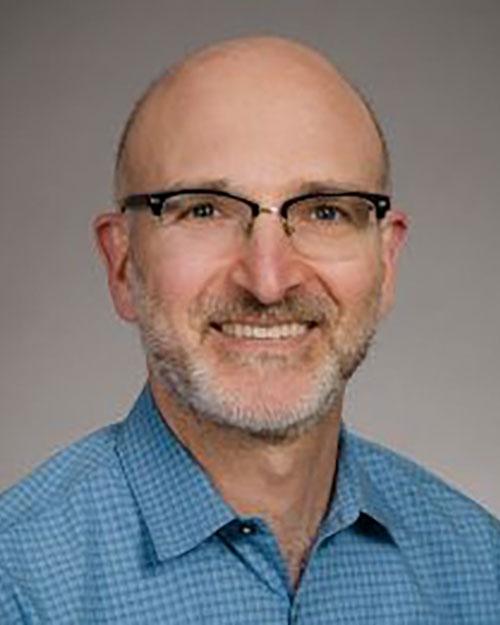Research/Areas of Interest
Systems biology of aging in genetically variable populations
Education
- DPhil, Zoology, University of Oxford
- BA, Biology, University of Chicago
Biography
Dr. Daniel Promislow, DPhil, is a Senior Scientist and Scientific Advisor at the HNRCA. He has worked for over 30 years on the biology of aging, and his expertise is in quantitative genetics, biodemography, as well as comparative, systems and theoretical biology in aging research.
Dr. Promislow is noted for his ability to combine fundamental evolutionary concepts that explain why we age, with modern systems biology approaches to better understand how we age. His work centers on the problem of understanding the genetic basis of aging in natural, genetically variable populations, trying to determine whether mechanistic pathways that affect aging in lab-adapted, inbred organisms can account for the variation in rates of aging that we see in natural populations, including humans.
Dr. Promislow is leading the way in the use of metabolomics – the study of the small molecules that circulate within an organism—as a bridge to link genes with rates of aging in natural populations. While beginning this systems biology approach to aging studies in flies, he translated those approaches to mice, marmosets, humans, and most recently, companion dogs. His current NIH-funded work in fruit flies is focused on the development of molecular biomarkers for aging, and on the interaction between social behavior and aging.
Dr. Promislow is also the Principal Investigator of the NIH-funded Dog Aging Project, which has recruited more than 50,000 dogs from across the US. This work, which includes a clinical trial testing the ability of rapamycin to increase healthspan in dogs, has tremendous potential to create a better understanding of the causes and consequences of aging not only in dogs, but also in humans, given that dogs suffer from a very large number of the same diseases as humans, they live in the same environment, and medical care for dogs is second only to humans.
Dr. Promislow has published over 180 scientific papers, and has received numerous awards for his work, including the Ellison Medical Foundation Senior Scholar award, the Glenn Breakthroughs in Gerontology award, and the Bennett J. Cohen Award in aging research, as well as a Rhodes Scholarship to attend Oxford University. Dr. Promislow is also a Fellow of the American Association for the Advancement of Science, of the Gerontological Society of America, and of the American Aging Association. He is an elected member of the Academy for Health and Lifespan Research.
